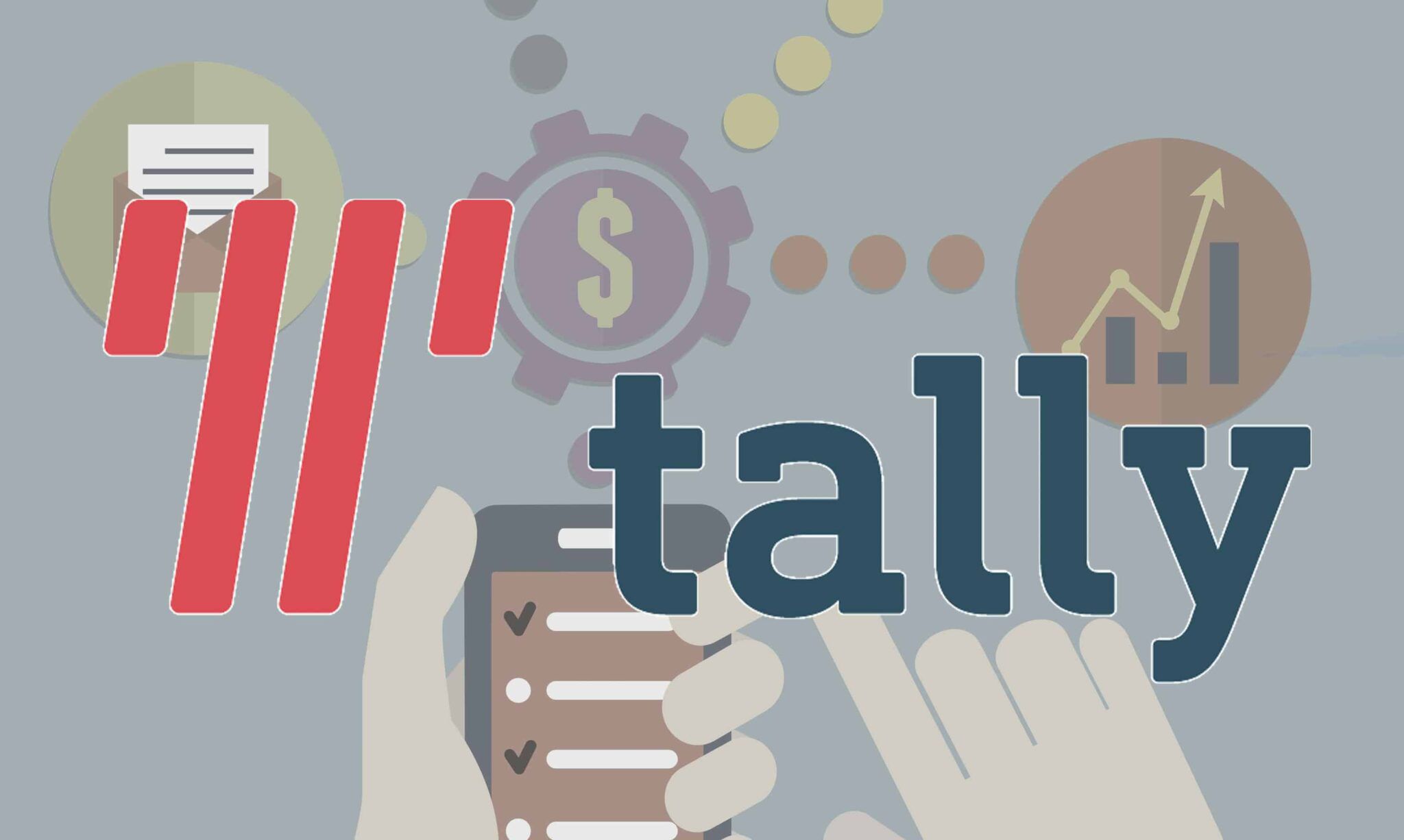

Finance
How To Reduce Student Loan Interest Rate
Published: February 16, 2024
Learn how to lower your student loan interest rate and save money with these finance tips. Reduce the burden of high interest rates and manage your student loans more effectively.
(Many of the links in this article redirect to a specific reviewed product. Your purchase of these products through affiliate links helps to generate commission for LiveWell, at no extra cost. Learn more)
Table of Contents
Introduction
Student loans can be a significant financial burden for many individuals pursuing higher education. The accumulation of interest on these loans can often exacerbate the challenge of repayment, leading to prolonged financial strain. Understanding how to reduce student loan interest rates is crucial for borrowers seeking to alleviate this burden and take control of their financial future.
When it comes to student loans, the interest rate is a critical factor that directly impacts the total amount a borrower will repay over time. A higher interest rate means more money paid back to the lender, increasing the overall cost of the loan. Therefore, finding ways to lower the interest rate on student loans can lead to substantial long-term savings.
In this comprehensive guide, we will delve into the various strategies and options available to borrowers looking to reduce their student loan interest rates. From understanding the factors that influence interest rates to exploring refinancing, consolidation, and interest rate reduction programs, this article will provide valuable insights and actionable tips for individuals navigating the complexities of student loan repayment.
By empowering borrowers with the knowledge and tools to effectively manage their student loan interest rates, we aim to alleviate financial stress and pave the way for a more secure and prosperous financial future. Let's embark on this journey to unravel the intricacies of student loan interest rates and discover practical solutions for reducing this financial burden.
Understanding Student Loan Interest Rates
Before delving into the strategies for reducing student loan interest rates, it’s essential to grasp the fundamental concepts underlying these rates. Student loan interest rates are determined by various factors and can significantly impact the overall cost of borrowing. The interest rate on a student loan is essentially the price paid for the privilege of borrowing money, and it is typically expressed as a percentage of the total loan amount.
One of the key determinants of student loan interest rates is the type of loan. Federal student loans, which are issued by the government, have fixed interest rates set by Congress. These rates remain constant throughout the life of the loan, providing borrowers with predictability and stability in their repayment plans. On the other hand, private student loans, offered by banks or other financial institutions, may have fixed or variable interest rates, with the latter being subject to change based on market conditions.
Additionally, the creditworthiness of the borrower plays a vital role in determining the interest rate on private student loans. Lenders assess the borrower’s credit history and score to gauge the level of risk associated with the loan, thereby influencing the interest rate offered. Those with a strong credit profile are likely to qualify for lower interest rates, ultimately saving money over the life of the loan.
Understanding the difference between fixed and variable interest rates is crucial for borrowers. While fixed rates provide stability and protection from market fluctuations, variable rates may initially offer lower interest charges but are susceptible to upward adjustments, potentially leading to higher overall costs over time.
Furthermore, it’s important to recognize the impact of interest capitalization on student loans. Unpaid interest that accrues on a loan is often capitalized, meaning it is added to the principal balance. This results in interest being charged on a higher loan amount, potentially leading to a significant increase in the total repayment amount over the loan term.
By comprehending these fundamental aspects of student loan interest rates, borrowers can make informed decisions and strategically navigate the options available for reducing their interest burden.
Options for Reducing Student Loan Interest Rates
Reducing student loan interest rates is a proactive approach that can lead to substantial long-term savings for borrowers. Several options are available to help alleviate the burden of high interest charges and create a more manageable repayment journey. By exploring these avenues, borrowers can take control of their financial well-being and work towards achieving greater stability and freedom from student loan debt.
1. Refinancing Student Loans: Refinancing involves replacing one or more existing loans with a new loan that offers more favorable terms, including a lower interest rate. Borrowers with strong credit and a stable financial standing may qualify for refinancing at a reduced rate, potentially saving significant amounts over the life of the loan.
2. Consolidating Student Loans: Loan consolidation allows borrowers to combine multiple federal student loans into a single loan, often with a fixed interest rate. This can simplify repayment by consolidating multiple payments into one and may lead to a lower overall interest rate, reducing the financial strain on the borrower.
3. Applying for Interest Rate Reduction Programs: Some lenders and loan servicers offer programs that provide interest rate reductions for borrowers who meet specific criteria, such as enrolling in automatic payments or demonstrating a history of on-time payments. These programs can lead to tangible reductions in interest rates, contributing to long-term savings.
4. Seeking Co-Signer Release: For borrowers who initially required a co-signer to secure their student loans, achieving a strong credit history and meeting the lender’s requirements may enable them to release the co-signer from the loan. This can result in a lower interest rate and greater independence for the primary borrower.
By exploring these options and understanding the eligibility criteria and potential benefits associated with each, borrowers can make informed decisions to effectively reduce their student loan interest rates. It’s essential to assess individual financial circumstances and consider the long-term implications of each option to determine the most suitable approach for achieving interest rate reduction and financial stability.
Refinancing Student Loans
Refinancing presents a compelling opportunity for borrowers to potentially secure a lower interest rate on their student loans, leading to substantial savings over time. This strategic approach involves replacing one or more existing loans with a new loan that offers improved terms, including a reduced interest rate. By refinancing, borrowers can effectively manage their debt and pave the way for a more financially secure future.
When considering refinancing student loans, it’s crucial for borrowers to evaluate the following key aspects:
- Creditworthiness: Lenders typically assess the borrower’s credit history and score when refinancing student loans. Those with a strong credit profile are more likely to qualify for lower interest rates, making it essential for borrowers to maintain good credit and address any outstanding issues that may impact their creditworthiness.
- Interest Rate Options: Refinancing offers the opportunity to switch from a variable interest rate to a fixed rate, providing stability and protection from market fluctuations. Alternatively, borrowers may opt for a lower variable rate, particularly if they anticipate repaying the loan relatively quickly or if market conditions are favorable.
- Loan Term Considerations: Refinancing allows borrowers to adjust the repayment term, potentially leading to lower monthly payments. However, extending the repayment term may result in paying more interest over time, so it’s essential to carefully weigh the trade-offs and consider the long-term financial implications.
- Financial Benefits: By securing a lower interest rate through refinancing, borrowers can potentially save significant amounts over the life of the loan, leading to reduced overall repayment costs and greater financial flexibility.
It’s important to note that refinancing federal student loans with a private lender may result in the loss of certain federal benefits, such as income-driven repayment plans and loan forgiveness programs. Therefore, borrowers should thoroughly assess the impact of refinancing on their specific circumstances and consider the trade-offs between potential interest savings and the loss of federal loan protections.
Ultimately, refinancing student loans offers a strategic avenue for borrowers to actively reduce their interest rates and take control of their financial well-being. By carefully evaluating the eligibility criteria, interest rate options, and long-term financial implications, borrowers can make informed decisions to pursue refinancing as a means to achieve greater financial stability and savings.
Consolidating Student Loans
Consolidating student loans is a practical approach that allows borrowers to streamline their repayment process and potentially secure a lower, fixed interest rate. This strategy involves combining multiple federal student loans into a single loan, effectively simplifying the repayment journey and providing financial relief for borrowers facing the challenge of managing multiple loan payments.
When considering loan consolidation, borrowers should carefully assess the following key considerations:
- Interest Rate Benefits: Consolidating federal student loans can lead to a fixed interest rate, providing predictability and protection from market fluctuations. This can be particularly advantageous for borrowers seeking stability in their repayment plans and aiming to avoid potential increases in interest charges over time.
- Streamlined Repayment: By consolidating multiple loans into a single, unified loan, borrowers can simplify their repayment process, potentially reducing the administrative burden and minimizing the risk of missed or late payments. This can contribute to improved financial organization and peace of mind for the borrower.
- Extended Repayment Terms: Loan consolidation may offer the flexibility to extend the repayment term, resulting in lower monthly payments. While this can provide short-term relief for borrowers managing their cash flow, it’s important to consider the long-term implications of potentially paying more interest over the extended loan term.
- Loss of Benefits: Consolidating federal loans with a private lender may result in the loss of certain federal benefits, such as income-driven repayment plans, loan forgiveness programs, and deferment or forbearance options. Borrowers should carefully weigh the potential interest savings against the loss of valuable federal loan protections.
It’s essential for borrowers to thoroughly evaluate the implications of loan consolidation based on their individual financial circumstances and repayment goals. By carefully considering the trade-offs between potential interest savings, repayment term adjustments, and the loss of federal loan benefits, borrowers can make informed decisions to pursue loan consolidation as a strategic approach to managing their student loan debt.
Ultimately, consolidating student loans offers a viable pathway for borrowers to simplify their repayment process, potentially secure a fixed interest rate, and achieve greater financial stability. By assessing the eligibility criteria, interest rate benefits, and long-term financial implications, borrowers can navigate the complexities of loan consolidation and make informed choices to effectively manage their student loan debt.
Applying for Interest Rate Reduction Programs
Interest rate reduction programs provide borrowers with valuable opportunities to lower the interest charges on their student loans, thereby contributing to long-term savings and enhanced financial well-being. These programs, offered by lenders and loan servicers, often entail specific criteria and qualifications that borrowers can fulfill to access reduced interest rates, ultimately alleviating the financial burden of student loan repayment.
When considering interest rate reduction programs, borrowers should be mindful of the following key aspects:
- Automatic Payment Benefits: Many lenders offer interest rate reductions to borrowers who enroll in automatic payments, where the monthly loan payments are automatically deducted from the borrower’s bank account. By participating in this program, borrowers may qualify for a reduced interest rate as a reward for their commitment to consistent, on-time payments.
- On-Time Payment History: Demonstrating a history of on-time payments is often a qualifying factor for interest rate reduction programs. Borrowers who consistently make timely payments on their student loans may be eligible for reduced interest rates, reflecting their responsible financial behavior and commitment to loan repayment.
- Financial Hardship Considerations: Some lenders offer interest rate reduction programs tailored to borrowers experiencing financial hardship. By proactively communicating their financial challenges and seeking assistance from their loan servicer, borrowers may access programs that temporarily reduce interest rates, providing crucial relief during periods of economic difficulty.
- Eligibility Requirements: It’s essential for borrowers to familiarize themselves with the specific eligibility criteria and application procedures for interest rate reduction programs. By understanding the requirements and documentation needed to participate in these programs, borrowers can take proactive steps to access potential interest savings.
By actively engaging with interest rate reduction programs and exploring the options available through their lenders or loan servicers, borrowers can harness these opportunities to effectively lower their student loan interest rates. This proactive approach can lead to tangible long-term savings and contribute to a more manageable and sustainable repayment journey.
Ultimately, by staying informed about the availability of interest rate reduction programs, meeting the qualifying criteria, and taking proactive steps to participate in these initiatives, borrowers can actively reduce the financial burden of student loan interest and pave the way for a more secure and prosperous financial future.
Conclusion
Reducing student loan interest rates is a pivotal aspect of managing the financial obligations associated with higher education. By understanding the fundamental principles of student loan interest rates and exploring strategic options for interest rate reduction, borrowers can proactively navigate the complexities of loan repayment and pave the way for a more financially secure future.
Throughout this comprehensive guide, we have delved into the various avenues available to borrowers seeking to lower their student loan interest rates. From the fundamental understanding of interest rate determinants to the exploration of refinancing, consolidation, and interest rate reduction programs, this article has provided valuable insights and actionable strategies for borrowers to consider.
It’s crucial for borrowers to carefully evaluate the implications of each option, considering their individual financial circumstances and long-term repayment goals. Whether through refinancing, loan consolidation, or participation in interest rate reduction programs, borrowers can make informed decisions to actively reduce their interest burden and achieve greater financial stability.
Furthermore, maintaining open communication with lenders and loan servicers, staying informed about available programs, and proactively addressing financial challenges can empower borrowers to take control of their student loan interest rates and work towards a more manageable repayment journey.
By leveraging the knowledge and strategies presented in this guide, borrowers can embark on a path towards financial empowerment and long-term savings. Reducing student loan interest rates is not only a means of achieving immediate relief but also a strategic approach to building a more secure and prosperous financial future.
As borrowers navigate the intricacies of student loan repayment, it’s essential to remain proactive, well-informed, and diligent in exploring the options available for reducing interest rates. By doing so, borrowers can effectively manage their student loan debt and lay the foundation for a more stable and financially resilient future.














